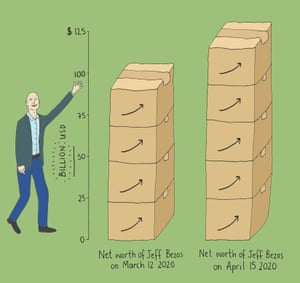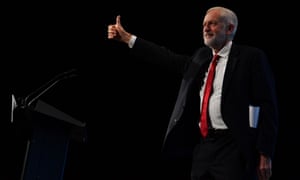Different Varieties of Taxes and Subsidies:
Taxes:
Pigouvian Tax: A Pigouvian tax is designed to correct market failures related to negative externalities. It is imposed on activities that generate harmful effects on third parties, such as pollution or congestion. By internalizing the external costs, the tax aims to align private costs with social costs, discouraging the harmful activity.
Carbon Tax: A specific type of Pigouvian tax, levied on greenhouse gas emissions, to address climate change. Companies emitting carbon dioxide or its equivalent pay the tax, incentivizing them to reduce emissions and invest in cleaner technologies.
Tobacco Tax: Imposed on tobacco products to reduce smoking and the associated negative health externalities. Higher taxes discourage consumption, especially among vulnerable populations like youth, and fund public health initiatives.
Subsidies:
Production Subsidy: Provided to firms engaging in activities that generate positive externalities. The subsidy reduces their costs, encouraging increased production of socially beneficial goods or services.
Research and Development (R&D) Subsidy: Given to firms to promote innovation and technological advancement. By lowering the costs of R&D, firms are encouraged to invest in research for the development of new products and technologies with positive externalities.
Education Subsidy: Designed to support education and human capital development, leading to positive externalities like a skilled and educated workforce. Subsidizing education can increase access to quality education and enhance labor productivity.
2. Using Taxes and Subsidies to Correct Market Failures:
Correcting Negative Externalities:
- Tax: Governments can impose Pigouvian taxes, such as carbon taxes, on activities causing negative externalities like carbon emissions. The tax increases the cost of carbon-intensive activities, leading to reduced emissions and a shift towards cleaner alternatives.
- Subsidy: To incentivize the use of renewable energy and reduce reliance on fossil fuels, governments can provide subsidies to renewable energy producers. The subsidy lowers production costs, making renewable energy more competitive and reducing the negative externality of greenhouse gas emissions.
Promoting Positive Externalities:
- Tax: There are no direct tax interventions to promote positive externalities, as taxes are used primarily to address negative externalities.
- Subsidy: For activities generating positive externalities, governments can provide production subsidies. For example, subsidizing organic farming can encourage environmentally friendly agricultural practices and the preservation of biodiversity.
Providing Public Goods:
- Tax: Governments can finance the provision of public goods like public parks and national defense through taxation. Individuals contribute through taxes, and public goods are made available to everyone without exclusion.
- Subsidy: There are no direct subsidy interventions for providing public goods, as they are usually financed through taxation.
Addressing Monopolies and Market Power:
- Tax: Governments may impose taxes on monopolistic industries to prevent excessive market power and prevent the abuse of consumers.
- Subsidy: There are no direct subsidy interventions to address monopolies, as subsidies are generally aimed at promoting positive externalities.
In conclusion, taxes and subsidies are valuable tools that governments can use to correct market failures associated with externalities. Taxes help internalize negative externalities, while subsidies incentivize activities generating positive externalities. Through strategic use of these interventions, governments can promote a more efficient allocation of resources and address market failures to improve overall economic welfare.


